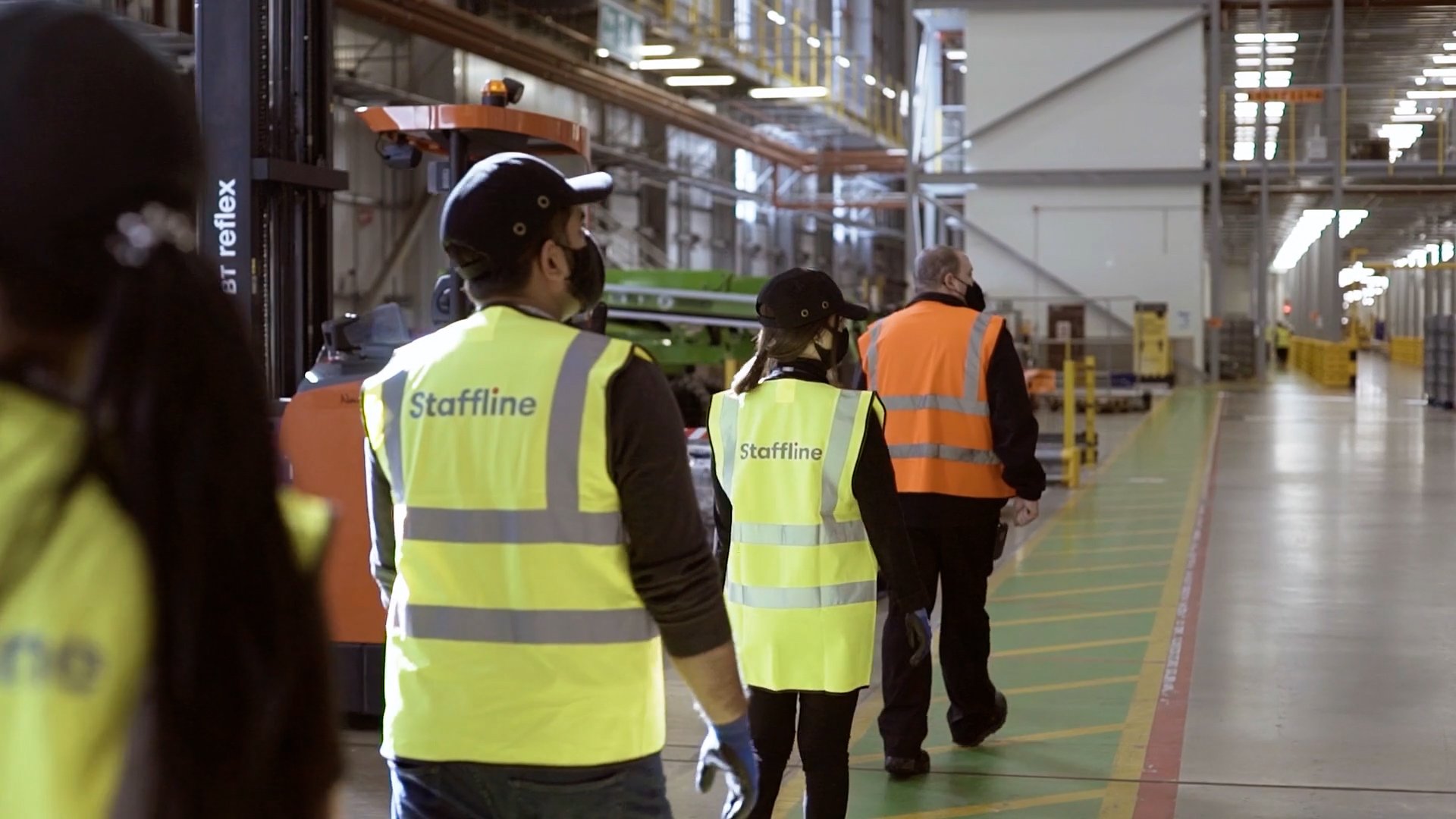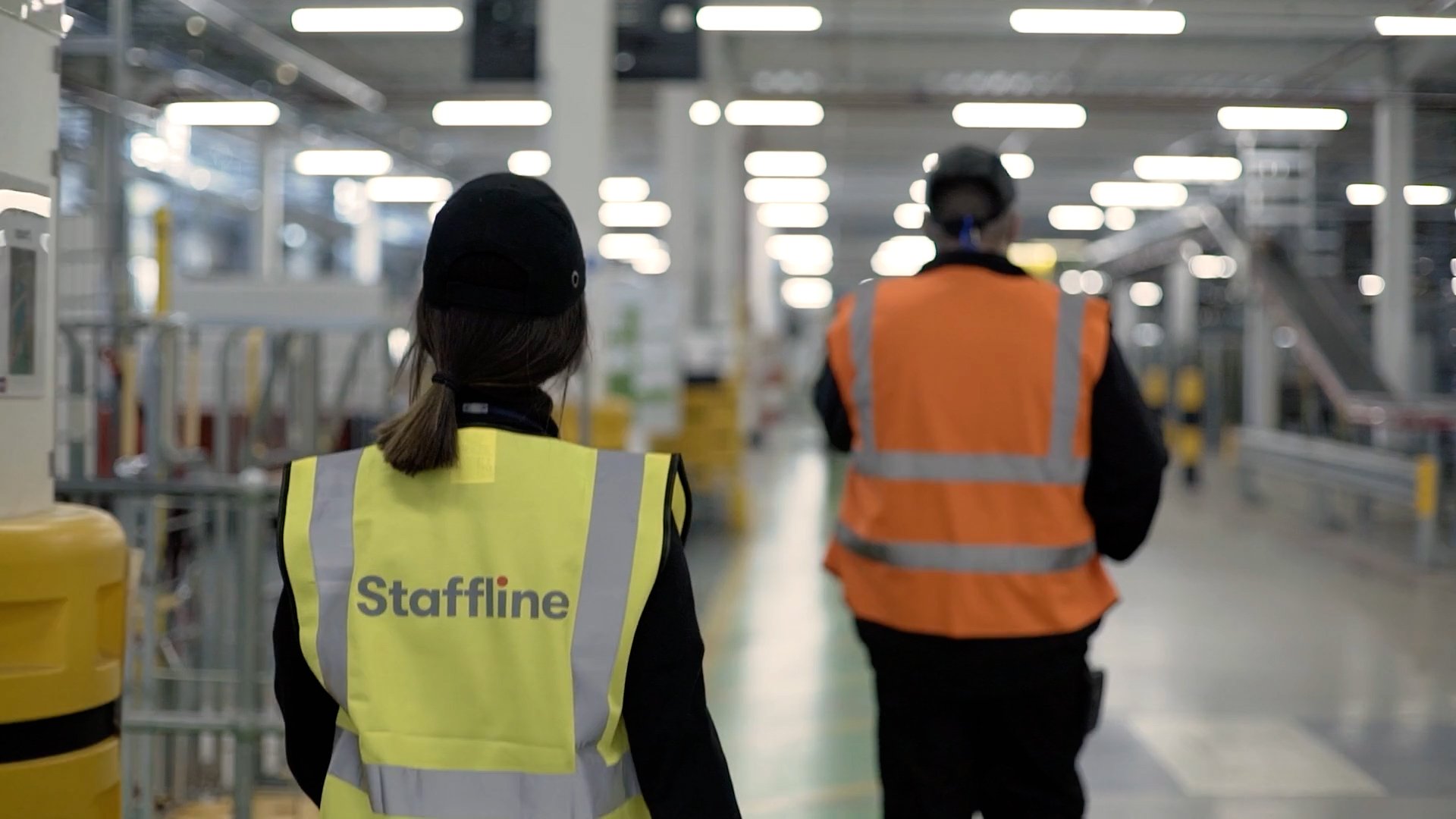Want to download the Market View - Q1 2024 as a PDF? - click here.
With 2024 well into its stride and 2023 receding in the mind, in this issue of Market View we take a look at some of the economic, labour and broader trends that look set to define the year ahead.
Based on recently issued government statistics including the January ONS Labour Market Overview, the impact of ongoing and more recent geopolitical events such as the Ukraine War and the effective closing of major shipping routes around the Red Sea, UK business (and those of other major economies) seem set to face further headwinds in the coming months.
Yet, by understanding these challenges, we can look at how we can all adapt to mitigate the potential for negative impacts and even thrive with a lean cost base, operational flexibility and an eye for opportunity.
So what are some of the main features shaping the outlook for employers in 2024:
Economic Outlook - H1 2024
1. More Bumps In The Road Ahead
- In October to December, the number of job vacancies in the UK fell by 49,000. This is the 18th consecutive period that vacancies have fallen and the longest ever run of falling vacancies. A fact made more pointed by the figures for total number of payrolled employees during Peak – a decrease of 24,000 year-on-year!
- Falling vacancies is generally viewed as a gauge of lower economic confidence among businesses; driven by a lack of demand from their customers and ultimately the end consumer.
- We are in a cycle where the average household has less disposable income and people are feeling poorer. Less disposable income = leads to lower demand and reduced consumer spending. Less consumer spending invariably leads to companies needing fewer staff to serve demand and either reduced hiring or lay-offs. More people out of work means less disposable income, and so on.
- Data recently released by the ONS showed that the UK entered a technical recession in Q4 last year and retail sales for December 2023 - were indeed down 4.2% in December 2023, which supports this – it was also the largest monthly fall since January 2021 when COVID lockdowns were in place.
- On a more positive note, ONS figures recently released for this January 2024 showed consumer spending back on the uptick by 3.4% - a somewhat contrary picture and it remains to be seen whether the rest of Q1 will continue in the same vein as inflation moderates.
2. Inflationary Pressures Remain
With 2022 inflation stated by the government in the year to October as 9.6% and the year to December 2023 as 4.2%, it could seem that we were on our way out of the woods.
However, even with fuel costs moderating, anticipated reductions in household energy bills and gradual reductions in other areas starting to filter through, it’s fair to say that the cost pressures affecting how most people live on a daily basis remain.
Grocery prices – for example - were up 6.8% in January 2024 compared to January 2023 (Source: Kantar). Scaled-up, this means that a £200 weekly shop 12 months ago is now £213.60, a cost increase of £707 annually.

And mortgage rates, currently hovering at around 4.5% on a 2-year fixed rate, are still some of the highest rates seen since 2008. Meaning that many who took on a deal when interest rates were historically low, are likely to be feeling the pinch.
And there is more inflationary pressure in the pipes that will impact business and households alike as we move through 2024.
Something Staffline and our customers are particularly alert to is the living wage increase that comes into force in April this year.
From April, the living wage will increase from £10.42 to £11.44 an hour. That’s a rise of £1.02 (10%) per hour and constitutes the largest rise in over a decade.

The living wage increase effects not just those workers directly but everyone in the economy as higher paid workers on different shifts, with more skills or more responsible positions expect to retain their pay differential.
As an illustration, if you have a frontline workforce of 2,000 people, working 40 hours per week, then the annualised impact to your wage bill is £4.2 million pounds. Put another way, that is £4.2m less profit, which could easily be the difference between that business making and losing money.
How companies handle with the increase remains to be seen but they may well choose to freeze hiring or cut headcount. Or go further and replace people with automation, increase offshoring, raise prices - or opt for a combination of measures to help offset the increased costs.
3. Skill Shortages
All the figures we’re seeing continue to point to skills shortages.
Whilst the year is likely to see rises in unemployment, the weight of numbers is expected to be in entry-level roles.
The skills shortage may ease a little through the year as some businesses seek reduce overall hiring activity as part of cost saving or consolidation exercises. We may also see more skilled people come back into the labour market due to an unfortunate increase in business insolvencies.
From our standpoint, we take the view that good people will remain hard to find and continue to command a premium.
Facing Headwinds, How Do We Navigate Our Way To Success in 2024?
One thing we do know is that UK business shows itself to be resilient in the face of adversity. Private sector price discounting, business efficiency and fierce competition in many sectors (such as supermarket retail) is mitigating the worst of the inflationary pressures.
We expect the most successful companies this year to focus on the bottom line whilst maximising flexibility to meet demand when it comes. Our thoughts on key themes and activity that result from the H1 economic challenges:
1. Market Consolidation
We are in a world where only the fittest will be able to survive the pressures of increased business costs across the board, from salaries to interest on finance.
Market consolidation will reward established market-leaders and be driven by both supplier challenges and customer needs:
- The least-prepared and least financially secure suppliers will fail to deliver to their SLAs either through simple business failure, cutting operational costs which impacts service, cutting corners on compliance and/or requesting significant price increases. This is exacerbated in businesses that have previously been driven by growth based on speculative investment and low borrowing costs rather than bottom line performance.
- Companies will naturally gravitate towards high performance suppliers who have the financial stability to continue to deliver volume, compliance and customer service in difficult economic times.
- A keyway of mitigating supplier price increase is committing more business to a single supplier to create economies of scale. In the recruitment sector, this is turbo-charged by a looser labour market, meaning that one supplier is in a better position to do it all. We are seeing many clients revisiting single source and MSP models with a vigour to lock-in deals.
- Consolidation with fewer suppliers not only creates direct price benefits, but also significant process cost benefits:
- Reduce management time engaging with multiple providers
- Single Vs multiple invoices
- Single price point and charge mechanism
- Single point of audit
- One set of MI and KPIs uniform across the business
- Single software platform and maximised visibility and control
- If we just take the single invoice point as an example, Adobe calculates the cost of processing an invoice to be between $15 and $40 dollars. Whilst this will vary by company, these figures seem within the realms of reality. A realistic median(ish) amount in Sterling is therefore £25. 25 suppliers invoicing weekly means an annual invoicing cost of £32,000, whereas single source or MSP supply reduces this single element to £1,300.
2. Outsourcing (BPO/RPO)
As discussed in previous Market Views, if it can be done more cost effectively by someone else who is a specialist in a specific business area, then consider outsourcing it. This is a long-term business trend (e.g. 3PL logistics) that was put into hiatus, but has returned with a vengeance in any area that is not direct sales or product or service design:
- Utilise an expert that can do it faster, cheaper and better.
- Move fixed costs and hassle out of your business.
- Retain the customer relationship and focus on what you do best.

A significant part of the drive to outsourcing is the necessity for flexibility. Whilst general demand looks to be depressed for at least H1 of 2024, people will still buy stuff. However, demand is likely to be volatile:
There will be be more discounting and demand spikes during traditional peak trading (Valentines Day, Easter etc).
There will still be hot brands, businesses and products, with boosting from influencers. Over the last several years, we have seen the emergence of a diverse set of businesses including Peleton, Temu, Shein, Prime and everything in between.2024 will continue to surprise us with what is coming next, how long the demand spike lasts and how we will make and distribute the next big thing to meet consumer demand.
In this continued environment of uncertainty, every company needs to review how they can minimise fixed costs to stay profitable when things are low, whilst still retaining the ability to meet client demand when it suddenly hits.
Many businesses have used flexible labour, 3PL logistics and other outsourced services for a long time. 2024 is trending towards a greater focus and reliance on these key partners, including conversations about outsourcing more (HR and payroll, higher proportions of flexible workers, permanent talent acquisition, customer service, FM, security, supply chain management) to support ultimate business fitness and flexibility.
The Winners of 2024
Crystal ball time… Based on the market conditions and recent trading, we are going to predict two trends that will be big in 2024.
1. Mid Market Revival
For several years it has seemed that markets have been favouring the extreme offerings, either super-luxe and expensive or very low cost and disposable.
This trend has been evident in many diverse sectors from fashion to pots and pans.
Each year it has seemed that the mid-market offering has been more and more squeezed.
But has that now changed and is there a mid-market revival?

Well, the figures suggest there might be. Next plc made a pre-tax profit of £870m in 2023, with full-price sales up 6.9%; Sainsbury’s grocery sales are up 10.1% with operating profit up 2% and M&S clothing is back, being number 3 in the market for dress sales and profit up 21.4%.
There are many company-specific reasons for these results including innovation, good business stewardship and strategy and product development; however, there are also some discernible larger trends including:
Economic challenges and inflation beginning to impact the wealthier sections of society. Even if the wealthy are still comparatively wealthy, they will not keep spending if they feel that value is not being delivered.
Quiet luxury. Predominantly a fashion trend, but is expanding its influence to other industries. In other words, the world of huge logos and showy products is declining in favour of ‘classics’ such as plain knitwear, polo shirts, chinos, blazers etc. In an illustrative nutshell: What is the benefit of spending £940 on a cashmere sweater at Bruno Cucinelli, when you can buy one at M&S for £99 that looks the same (and we all know what happens when you try to wash cashmere anyway)?
Value is key in a challenging economy. Whatever the product, people want something that does the job, looks good, will last and is a reasonable price; and not something that is expensive and flashy or cheap and won’t last.
A ‘mid-market’ revival indeed!
2. Food Glorious Food
People eat (and drink) more when times are challenging.
Not only do they eat more but they also trade-up to small luxuries when they have had to cut their spending on the big-ticket items. They may not have that new car this year after all, but they can afford to spend £0.50 more each week on that branded coffee or bar of chocolate.
This means that food and food retail is likely to be a surprise ‘winner’ in 2024, and not just the discounters.

If anything, mid-market and higher-end food products and stores may reap the highest rewards in a world of sweet treats, small luxuries and a greater public awareness and focus on provenance, heritage and environmental impact.
Food will continue to be a highly competitive market with price wars on like-for-like essentials, but this is a game of two halves and price reductions will drive increased spending in general and bring people into the physical and virtual stores where they will top-up on discretionary purchases.
A good time to turn to Nathan Davies, Managing Director of Operations, to give a view on what he is seeing in food recruitment so far in 2024.
"We have seen a buoyant start to the year in food due to a combination of client consolidation of supply with Staffline and resilient consumer spending.
Fulfilment is high as there are more entry-level candidates available and, whilst many clients are actively managing operational and internal costs, we expect flexible labour demand to remain strong, supported by a retained need for permanent hiring into skilled roles such as engineers and operational management, where there remains a national shortage of strong candidates.”
Summing Up
The Wheel Always Turns
Anyone with a reasonable grasp of economics and who has had a few decades of life as an adult in the business world, will know that we live through a continuum of economic cycles. Sometimes we are in the rut and sometimes in the sunshine and one usually follows other.
- If inflation is too high and products are too expensive then people will stop spending.
- If people stop spending then companies have to cut costs and/or innovate in order to reduce prices and stimulate demand.
- Inflation reduces and prices fall.
- When prices are lower and things are more affordable, people will start spending again.
Of course, we are not in a true free market and government activity can lengthen or shorten the cycle, as can geopolitical shocks such as conflicts and environmental events.
However, the market usually wins out because we, as consumers, always want progress and to have new things; which we, as business people, find a way to supply at a price we are prepared to exchange at.
So, onwards and forwards. Whilst H1 of 2024 is going to be a challenge, we are bumping along the bottom and getting ready to climb again!
Here’s to an interesting year ahead.
Get in Touch
If you've got any questions or comments regarding the content, please contact James Wilson (Chief Sales Officer at Staffline) on: james.wilson@staffline.co.uk or a member of the New Business Team on: newbusiness@staffline.co.uk.
About the Author
James Wilson, Chief Sales Officer at Staffline, has worked in the flexible recruitment industry for 25 years in operational and business development roles, including 15 years with Staffline.
During this time, he has developed many high value relationships, helping UK businesses maximise opportunities from their recruitment supply chain, and building temporary and permanent recruitment services solutions on a national basis.
Staffline Group PLC is the UK and Ireland’s largest recruiter and social employability business, supplying 50 million flexible workforce hours and 7,000 perm placements annually to many leading brands from 450 locations.
An Overview of Staffline
Founded in 1986, Staffline is the UK’s leading provider of flexible blue-collar workers, supplying approximately 50,000 staff per day on average to around 450 client sites, across a wide range of industries including agriculture, supermarkets, drinks, driving, food processing, logistics and manufacturing.
Find out more at: https://www.staffline.co.uk/

